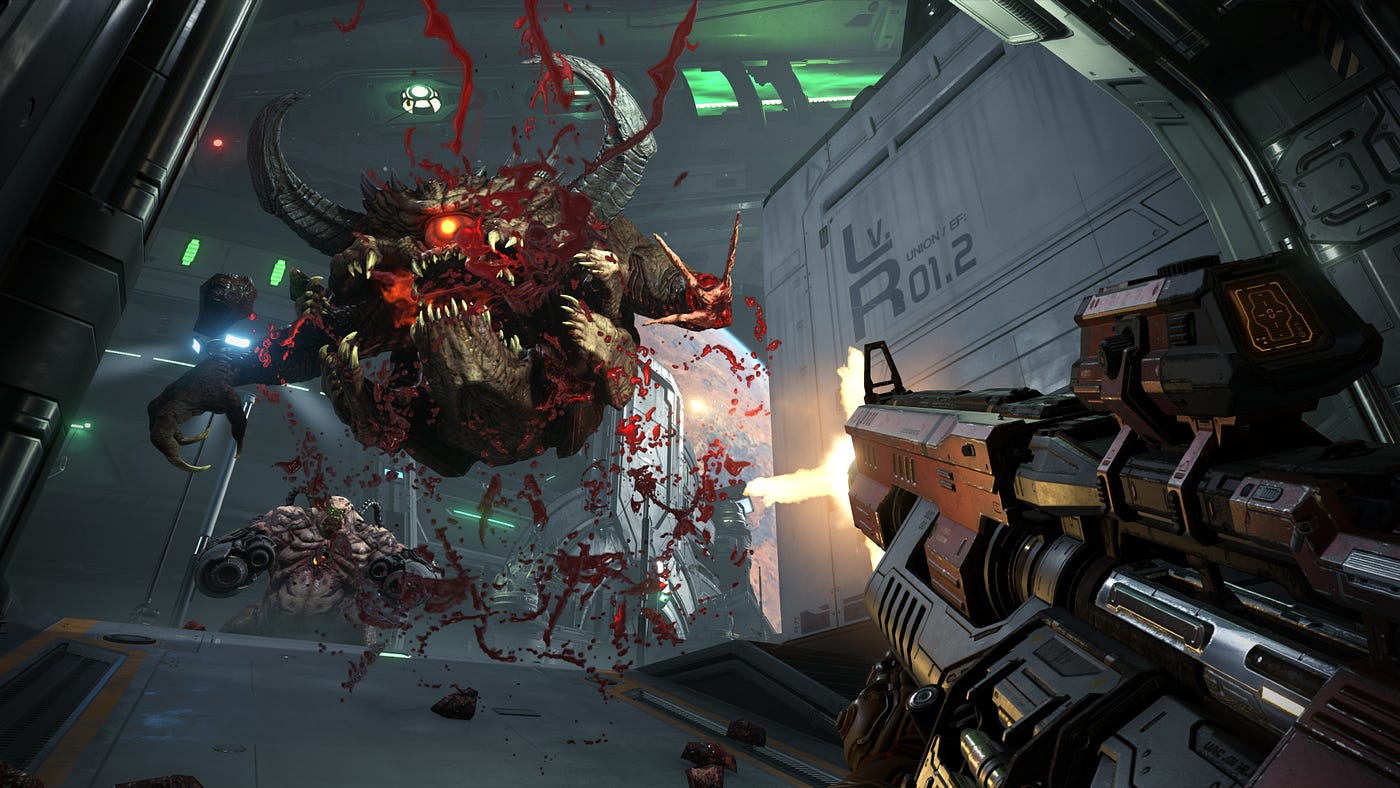

People say it in print, they say it in YouTube videos, and they say it often in comments. This leads many people to conclude that Bethesda should throw the whole thing away and start over. Otherwise, they might end up competing against their own engine.) While the details have never been disclosed, I suspect the latter case is the kind of deal Bethesda made with Gamebase.īethesda is now in control over their own engine, and their engine is notoriously buggy.
Gamebryo engine history license#
(If the original engine author is smart, they’ll stipulate that you can’t license your version of the engine to other companies. You can grow it into a new engine over time and use it on multiple games without needing to offer more money or ask for permission.
Gamebryo engine history free#
However, if you’re a huge corporation and you’ve got ridiculous piles of cash to throw around, then in some cases you might be able to pay a one-time fee and get open-ended access to the source, meaning you’re free to do whatever you want with it. If you decide to make another game, you need to sign another agreement with the company behind the engine. Even then, you’re usually stuck using the engine for one title. You can then make changes to how the engine works, perhaps to gain access to the low-level guts of the rendering pipeline, or to add support for some obscure platform not currently supported by the engine. However, if you happen to own a company with some cash, you might be able to pay extra money and get access to the source. You can build a game on top of the engine, but you can’t change the engine itself. If you’re a bedroom programmer and you use the Unity game engine to make an indie game, you don’t get access to the Unity source code. (Lots of people still refer to it as Gamebryo out of habit.)įor the record, most companies can’t do this sort of thing. Bethesda’s forked version was eventually renamed the Creation Engine, which is the name being used today. Afterward, Bethesda began working on their own version of the Gamebryo engine independent of of what Gamebase was doing. The Elder Scrolls IV: Oblivion and Fallout 3 were both built using the Gamebryo engine of this era. This is the name most closely associated with Bethesda titles. It was rebranded as Gamebryo around 2003. It was originally created by Gamebase and was called NetImmerse. The game engine in question has a long lineage. I understand why people say this, but the truth is that the engine isn’t the source of the problem and replacing it would only make things worse. Every once in a while someone makes the suggestion that Bethesda needs to wipe the slate clean and start over with a new game engine. īethesda games have graphical glitches, goofy unintended exploits, misbehaving interface elements, malfunctioning AI, unbalanced combat mechanics, broken quests, bizarre animation problems, broken economies, and of course lots of crashes. This formula has proven popular enough to make The Elder Scrolls V: Skyrim one of the best-selling games in the history of the medium. It’s a style of game you can’t get from any other developer. The open world stuff can feel like repetitive busy work in Ubisoft games, but in a Bethesda game all those dungeons and outposts are hand-crafted adventures with lots of variety and sometimes even a little story.

The games operate like an amusement park where the player can wander freely in search of fun without needing to follow a predetermined path set by the game designer. Sure, people love the open world sandboxes of Fallout and Elder Scrolls anyway. Bethesda Softworks is infamous for releasing buggy games.


 0 kommentar(er)
0 kommentar(er)
